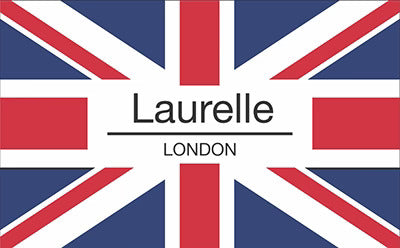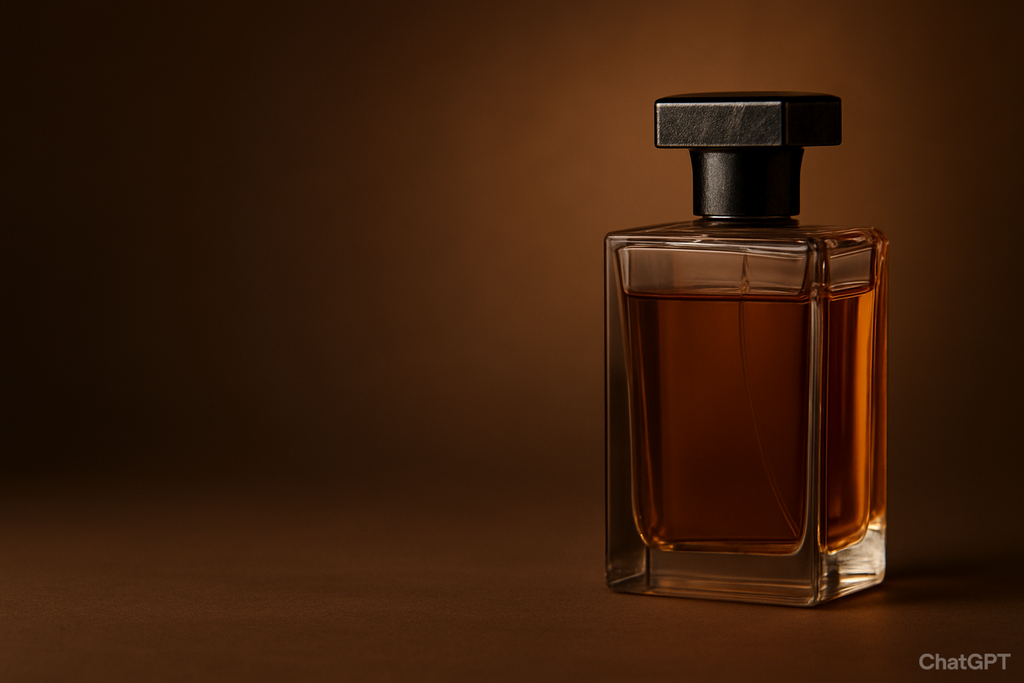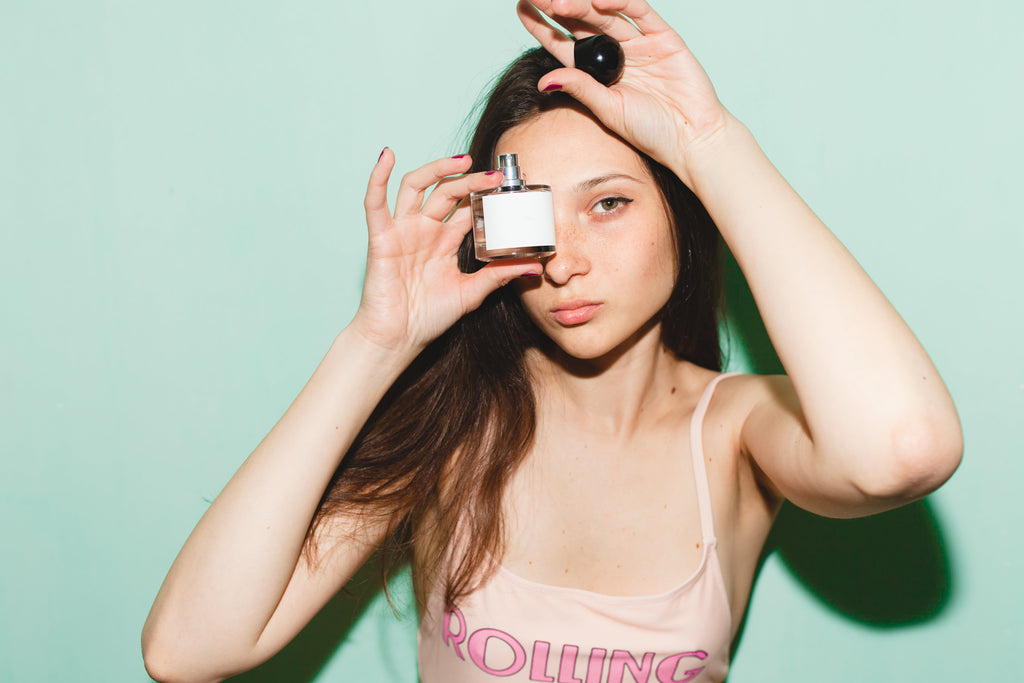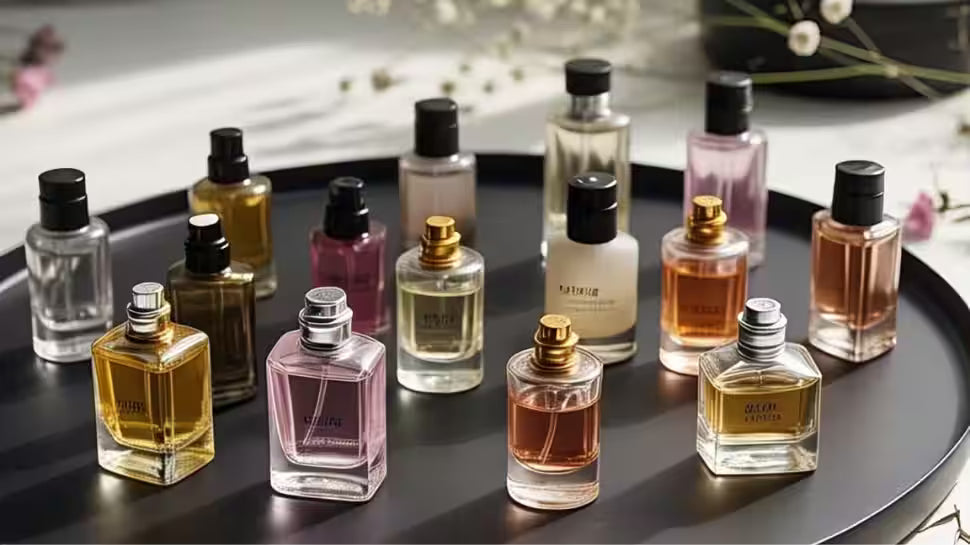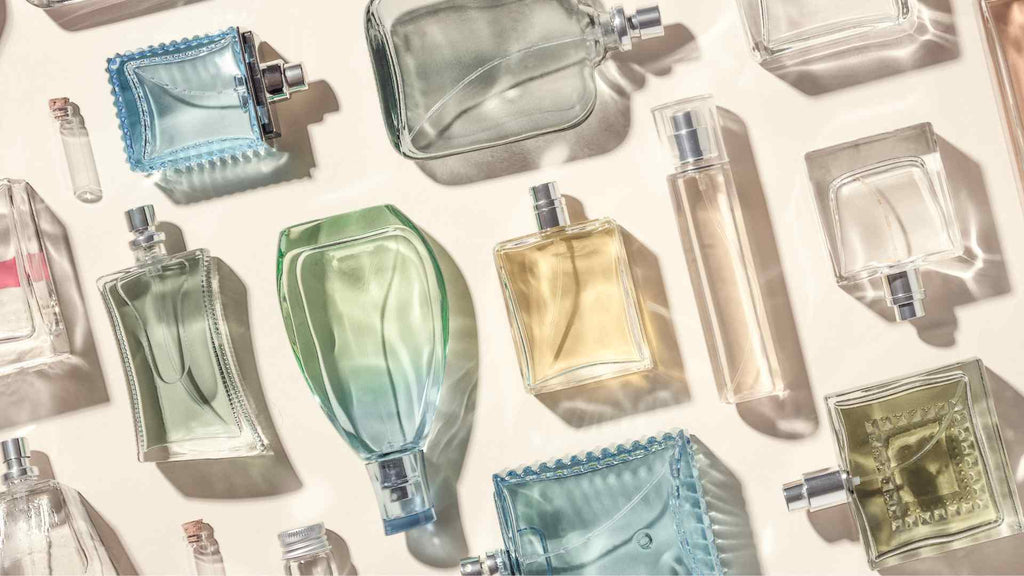
The Dark Side of Fragrance: Counterfeit Cologne and Health Risks

An investigation into the dangerous world of fake designer fragrances threatening consumer safety
When Marcus Chen opened his seemingly authentic bottle of Tom Ford Oud Wood—purchased for $180 from what appeared to be a legitimate online retailer—he expected the rich, smoky fragrance that had become his signature scent. Instead, the 34-year-old investment banker from Manhattan found himself in an emergency room three days later, his neck and wrists covered in angry red welts that burned like fire.
"I thought maybe I had developed an allergy," Chen recalls, his voice still tinged with disbelief six months after the incident. "It wasn't until my dermatologist suggested the cologne might be counterfeit that I realized what had happened. I had been poisoning myself."
Chen's experience is far from isolated. As the global fragrance market has exploded to over $52 billion annually, a shadowy parallel economy has emerged—one that preys on consumers' desire for luxury at discount prices while putting their health at serious risk. Industry experts estimate that counterfeit fragrances now account for nearly 15% of all fragrance sales worldwide, a staggering figure that represents not just lost revenue for legitimate brands, but a public health crisis hiding in plain sight.
The Anatomy of Deception
The sophistication of today's counterfeit fragrance operations would be impressive if it weren't so dangerous. Gone are the days of obviously fake bottles sold from street corners. Modern counterfeiters have mastered the art of near-perfect replicas, complete with holographic seals, batch codes, and packaging that can fool even experienced retailers.
Dr. Sarah Mitchell, a forensic chemist who has spent the last decade analyzing counterfeit cosmetics for the FDA, describes the evolution she's witnessed: "Ten years ago, you could spot a fake fragrance from across the room—wrong fonts, cheap bottles, obviously synthetic smells. Today, we see counterfeits that are so close to the original that the only way to detect them is through detailed chemical analysis."
The counterfeiting process typically begins in factories across Southeast Asia and Eastern Europe, where sophisticated operations reverse-engineer popular fragrances using mass spectrometry and gas chromatography. These facilities can produce thousands of bottles daily, complete with nearly identical packaging sourced from the same suppliers used by legitimate brands.
"The scary part isn't just that they're copying the scent," explains Dr. Mitchell. "It's that they're cutting corners with dangerous substitutes and industrial-grade materials that should never come into contact with human skin."
A Chemical Cocktail of Danger
Laboratory analysis of counterfeit fragrances reveals a horrifying array of toxic substances. Independent testing commissioned by the International Fragrance Association found that fake fragrances commonly contain:
Methanol and industrial alcohols that can cause chemical burns and, in extreme cases, blindness if absorbed through the skin in sufficient quantities. While legitimate fragrances use specially denatured ethyl alcohol, counterfeiters often substitute cheaper industrial alcohols that can cause severe skin reactions.
Heavy metals including lead, mercury, and cadmium are frequently found in counterfeit fragrances, likely introduced through contaminated manufacturing equipment or as adulterants in cheap synthetic compounds. These metals can accumulate in the body over time, leading to neurological damage and organ failure.
Unregulated synthetic compounds designed to mimic expensive natural ingredients often contain allergens and sensitizers banned in legitimate cosmetics. Many of these chemicals have never been tested for safety in topical applications.
Bacterial contamination is another serious concern. Unlike legitimate manufacturers who maintain sterile production environments, counterfeit operations often lack basic sanitation controls. Samples have tested positive for E. coli, Staphylococcus, and other dangerous bacteria.
Dr. Amanda Foster, a dermatologist at Mount Sinai Hospital who has treated dozens of counterfeit fragrance victims, describes the typical progression: "We see everything from contact dermatitis and chemical burns to more serious systemic reactions. What's particularly concerning is that many patients continue using these products for weeks or months before seeking treatment, allowing toxins to build up in their system."
The Perfect Storm: Market Forces and Consumer Behavior
Several factors have converged to create ideal conditions for the counterfeit fragrance trade to flourish. The premium pricing of designer fragrances—with popular scents often retailing for $100-300 per bottle—creates natural demand for cheaper alternatives. When counterfeiters offer "authentic" designer fragrances at 40-60% discounts, the temptation for consumers becomes nearly irresistible.
The rise of online marketplaces has provided counterfeiters with unprecedented access to consumers. Platforms like Amazon, eBay, and countless independent websites make it nearly impossible for consumers to verify seller authenticity. Even when marketplaces attempt to police counterfeits, sellers simply create new accounts under different names.
"The internet has democratized the counterfeit trade," explains Robert Harrison, a former customs enforcement officer who now consults on anti-counterfeiting efforts. "A sophisticated operation can reach millions of consumers worldwide with minimal overhead. When one website gets shut down, three more pop up to take its place."
Social media has further complicated the landscape. Instagram and TikTok influencers regularly promote "designer fragrance deals" without disclosing that they're selling counterfeits. These platforms' algorithm-driven discovery systems can rapidly amplify fraudulent sellers to massive audiences.
The Human Cost
The health consequences of counterfeit fragrances extend far beyond Chen's experience. Emergency room physicians report seeing an increasing number of patients with severe allergic reactions, chemical burns, and respiratory issues linked to fake fragrances.
Jennifer Walsh, a 28-year-old teacher from Chicago, suffered permanent scarring after using a counterfeit bottle of Chanel No. 5 she purchased online. "I had used the real Chanel No. 5 for years without any problems," she explains. "Within hours of applying the fake version, my skin started blistering. The scars on my neck are still visible two years later."
Perhaps more troubling are the long-term health effects that may not manifest for years. Dr. Foster warns that the heavy metals and industrial chemicals found in counterfeit fragrances could cause neurological damage, reproductive issues, and cancer with prolonged exposure.
"We're conducting an uncontrolled experiment on millions of people," she states. "The full scope of the damage won't be known for decades."
Children are particularly vulnerable. Pediatric emergency rooms report increasing cases of accidental poisoning when children access counterfeit fragrances, which often lack proper child-resistant packaging and contain more dangerous chemicals than their legitimate counterparts.
Following the Money Trail
The economics of counterfeit fragrances reveal why this trade has become so lucrative for criminal organizations. Industry analysts estimate that a bottle of counterfeit designer fragrance that sells for $50 costs less than $3 to produce, including packaging and shipping. Compare this to legitimate fragrances, where raw materials, R&D, marketing, and retail markup can account for 80-90% of the final price.
These massive profit margins have attracted organized crime syndicates, which often use counterfeit fragrance sales to fund other illegal activities. Law enforcement agencies report that counterfeit fragrance operations frequently tie into broader criminal networks involved in drug trafficking, money laundering, and human trafficking.
"It's not just about fake cologne," explains DEA Agent Lisa Rodriguez, who has investigated several large-scale counterfeiting operations. "These are sophisticated criminal enterprises that view counterfeit fragrances as a low-risk, high-reward revenue stream that helps fund more serious crimes."
The Regulatory Gap
Despite the clear health risks, regulatory oversight of the fragrance industry remains inconsistent. In the United States, the FDA regulates fragrances as cosmetics, but the agency lacks the resources to test every product entering the market. The responsibility largely falls on manufacturers to ensure safety—a system that breaks down completely when dealing with illegal counterfeiters.
European regulations are somewhat stricter, with the EU requiring extensive safety testing and documentation for all cosmetic products. However, enforcement remains challenging, particularly for products sold online from jurisdictions with weaker regulatory frameworks.
"The regulatory system was designed for legitimate manufacturers who have reputations to protect," explains Dr. Mitchell. "It's completely inadequate for dealing with criminal operators who have no accountability to consumers or regulators."
International cooperation on anti-counterfeiting efforts remains limited. While some progress has been made through organizations like INTERPOL, the global nature of the counterfeit trade requires unprecedented coordination between law enforcement agencies, customs authorities, and regulatory bodies.
Spotting the Fakes: A Consumer's Guide
Despite the sophistication of modern counterfeits, consumers can protect themselves by learning to identify red flags:
Price is the biggest indicator. If a popular designer fragrance is being sold for significantly less than retail price from an unknown seller, it's likely counterfeit. Legitimate retailers rarely discount premium fragrances by more than 20-30%.
Examine the packaging carefully. Look for misspellings, poor print quality, or inconsistencies in fonts and colors. Authentic fragrances have consistent batch codes and manufacturing information.
Check the fragrance itself. Counterfeit fragrances often have poor longevity, smell harsh or synthetic, or change dramatically as they dry down. If the scent seems "off" compared to testers you've tried in stores, trust your instincts.
Verify the seller. Only purchase from authorized retailers or directly from brand websites. Be particularly cautious of sellers on social media platforms or unfamiliar websites.
Trust your skin. If you experience any irritation, burning, or unusual reactions after applying a fragrance, stop using it immediately and consider having it tested.
The Path Forward
Combating the counterfeit fragrance trade will require coordinated action from multiple stakeholders. Legitimate fragrance brands are investing heavily in anti-counterfeiting technologies, including blockchain verification systems and sophisticated packaging security features.
Online marketplaces are also beginning to take more aggressive action. Amazon has implemented a "Brand Registry" program that makes it easier for legitimate brands to remove counterfeit listings, while eBay has expanded its authentication services to include fragrances.
Consumer education remains crucial. Dr. Foster advocates for greater awareness of the health risks associated with counterfeit fragrances: "Most people understand that counterfeit medications are dangerous, but they don't realize that fake fragrances can be just as harmful."
The fragrance industry is also exploring new business models that could reduce demand for counterfeits. Subscription services that provide authentic designer fragrances in smaller quantities at lower prices, and the growing market for niche fragrances at various price points, may help satisfy consumer demand for luxury scents without the premium price tag.
Conclusion: The True Cost of Fake Luxury
As Marcus Chen learned the hard way, the true cost of counterfeit fragrances extends far beyond the money saved on a discounted bottle. The physical scars from his reaction have largely healed, but the experience has left him wary of any fragrance purchase.
"I still love fragrances, but now I only buy directly from department stores or brand websites," he says. "It's not worth the risk of going through that again."
The counterfeit fragrance trade represents more than just intellectual property theft—it's a public health crisis that puts millions of consumers at risk every day. Until stricter enforcement, better regulation, and increased consumer awareness converge to address this problem, the dark side of the fragrance industry will continue to flourish in the shadows of our desire for luxury.
The next time you're tempted by a too-good-to-be-true fragrance deal, remember that your health is worth more than any discount. In the world of fragrances, authenticity isn't just about getting the real scent—it's about protecting yourself from dangers that could last a lifetime.
This investigation was conducted over six months and included interviews with health professionals, law enforcement officials, industry experts, and affected consumers. Laboratory testing was conducted by independent facilities certified by the International Fragrance Association.
